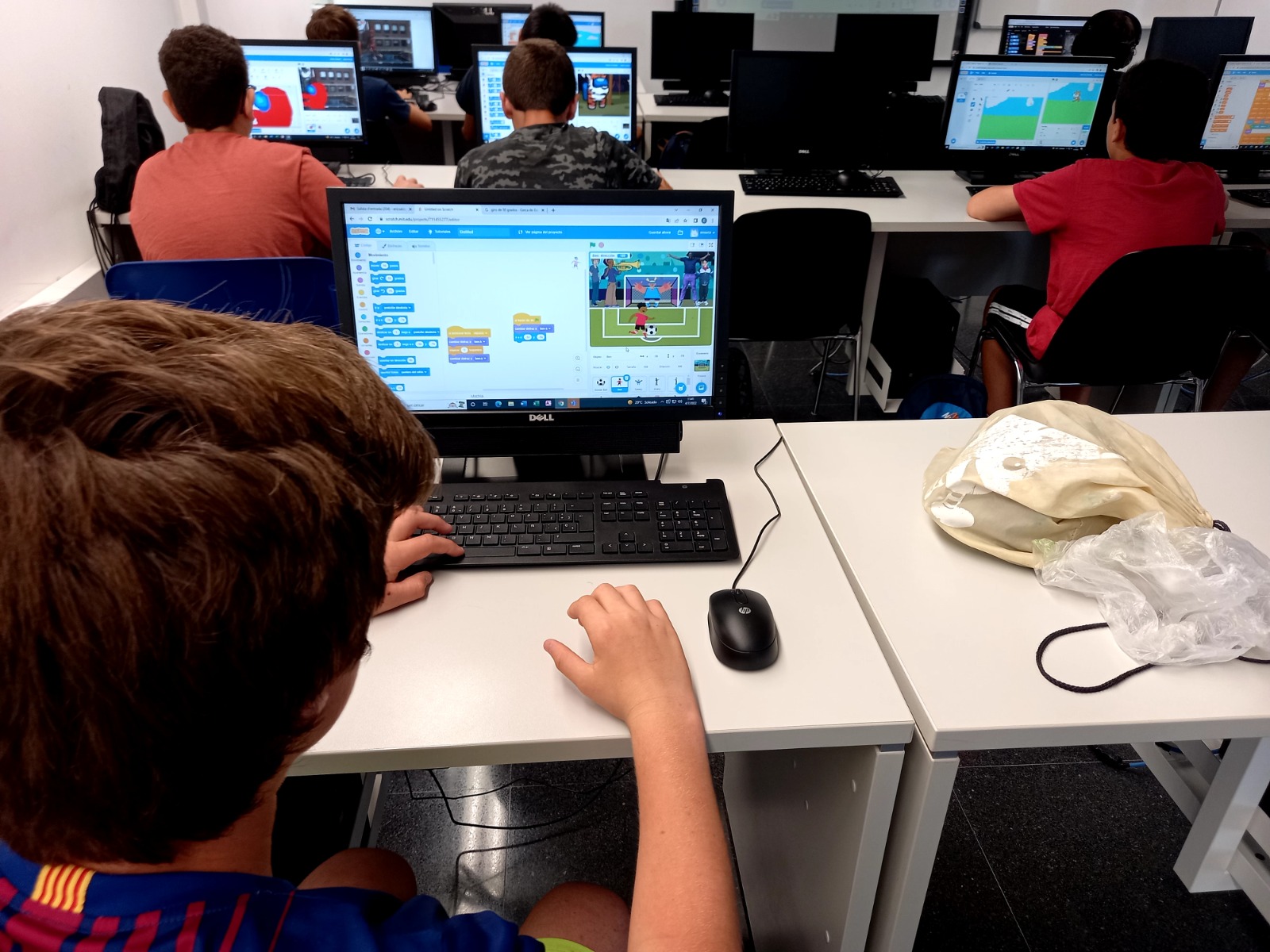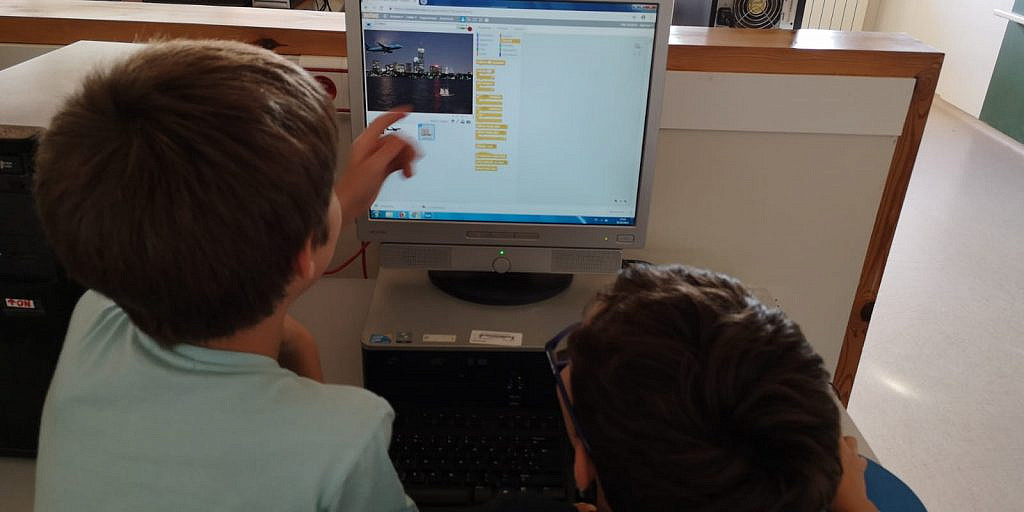In looking for novel ways to encourage children to develop their digital competencies in the context of the classroom, we might stumble across an article by authors Noora L. Laakso, Tiina S. Korhonen, and Kai P.J. Hakkarainen by the name of “Developing students’ digital competences through collaborative game design.” This research delves into the findings derived from observing Finnish students participating in a game design competition.
The findings report students accomplishing many roles when collaborating in teams. Participation affected their personal and academic learning contexts, leading to a self-perceived increase in technical abilities (programming, robot construction, and music composition, for instance).
Through the information provided by the participants, authors could observe that higher reported technical mastery was more prevalent if the respondent was a boy or if they played digital games regularly (in this case, upwards of 20 hours a week). From a more communal perspective, the authors discuss both the utility of game design as a channel to improve students’ creative, digital, and collaborative skills. In every group where roles were loosely defined, there was a higher chance that the game project would be unfinished by the given deadline, but conversely, groups which defined roles too harshly reported lower levels of collaboration and willingness to assist others in their work.
Students participating in the project were asked to answer a survey before starting and after they had submitted their game project to a competition. Respondents could decline to present their work at the tournament if they wanted. Data in a qualitative format was typically parsed through by at least two of the three authors, who divided survey answers into categories and compared their work to their peers. The data connected to students’ roles in the project and the types of games developed seem to be cohesive and accurately represent the plurality in the work of the students.
Quantitative data was similarly collected and put through common statistical procedures to obtain relevant values. Interestingly, we can find distinct types of results, according to the question. Inquiries on the impact of game design activities in recreational time were of a yes-no format. At the same time, most of the other items were measured through 1-5, having the numbers connected to various statements in consonance with the self-assessment of digital skills or evaluation of teamwork.
All this analysis was conducted on eight schools in four cities in Finland by thirteen volunteering teachers of primary and middle school. Each teacher was given free rein to implement the contents of the project at their leisure, with the particularities of each implementation mostly absent from the research. The project itself followed students as they constructed a game prototype through Scratch, GDevelop, or Unity, all platforms usable for game development with varying levels of complexity. Participants could present their final prototype in a game design competition partially organized by Innokas, the innovation network for Finnish educators.
Laakso, Korhonen, and Hakkarainen base their work on many sources, usually on the study of the implementation of game design activities in learning contexts for children. There is an interest in observing the gap in opportunities within the school to engage in activities of digital creation and in increasing the motivations of students through a better intertwining of their formal and informal contexts. In its entirety, the article reinforces a positive perspective on collaborative game design as a tool to encourage the improvement of technical digital skills, and teamwork, and to encourage students to pursue digital literacy activities outside of the classroom.
Source: Laakso, N. L., Korhonen, T. S., & Hakkarainen, K. P. (2021). Developing students’ digital competencies through collaborative game design. Computers & Education, 174, 104308.
All images have been provided by the author.


